Resurrecting the Black Body
Q&A with Professor Tonia Sutherland and Book Excerpt
By Joanie Harmon
April 7, 2025
While earning her MLIS at the University of Pittsburgh, Tonia Sutherland was assailed by the media images and footage of Hurricane Katrina, which devastated New Orleans and its surrounding areas in 2005. What stood out to her in the disaster’s coverage was the indifferent portrayal of the destruction and death that affected the Black communities. This realization led Sutherland, now an associate professor in the UCLA Department of Information Studies, to write her first book, “Resurrecting the Black Body: Race and the Digital Afterlife,” which was released in 2023 by the University of California Press.
An internationally recognized expert on Black archival practices, Sutherland employs a lens of critical archival, digital, and cultural studies in her examination of the technology and societal mores around the ways that Black Americans are portrayed posthumously online. The book acknowledges historic bigotry, current forms of racialized aggression, and the unique ways that Black cultures continue to fight against the erasure or distortion of their histories.

Professor Sutherland serves as associate dean for faculty development at the UCLA School of Education and Information Studies and co-director of the UCLA Community Archives Lab. In addition, she is a member of the Scholar Council for the UCLA Center for Critical Internet Inquiry (C2i2). Prior to arriving at UCLA in 2022, she was an assistant professor in the Department of Information and Computer Sciences at the University of Hawai‘i at Mānoa.
Sutherland has been a member of the American Studies Association, the Society for Social Studies of Science (4S), the Society for Cinema and Media Studies, the Society of American Archivists, and the Association for Library and Information Science Education. Her work appears in journals such as The International Journal of Information, Diversity, & Inclusion; New Media & Society; Journal of Critical Library and Information Studies; The American Archivist; The Black Scholar; Open Information Science; Preservation, Digital Technology & Culture; Archival Science; Annual Review of Cultural Heritage Informatics; and Radical History Review.
Professor Sutherland holds both her Ph.D. and MLIS from the University of Pittsburgh, and her bachelor’s degree in history, performance studies, and cultural studies from Hampshire College.
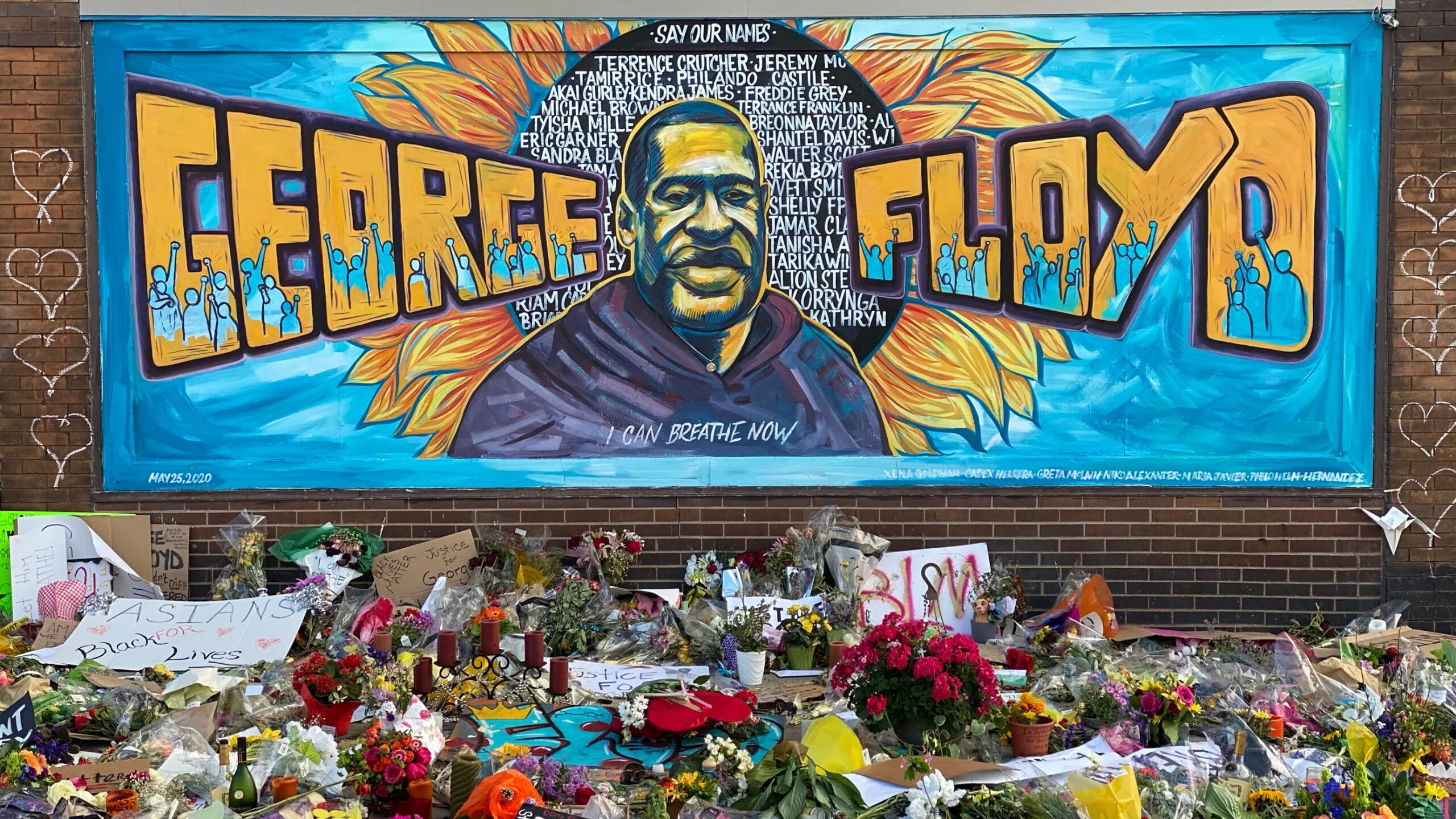
UCLA Ed&IS: What inspired “Resurrecting the Black Body”?
TONIA SUTHERLAND: The first kernels of inspiration came from the aftermath of Hurricane Katrina. I was earning my master’s in library and information studies at the time. I was working on a paper, and the television was on, and I could see the bodies of the deceased floating in the floodwaters in New Orleans. These bodies were primarily Black people’s bodies, because the toll of the storm really impacted Black communities.
It reminded me of footage I saw as a child, TV campaigns with emaciated children with distended bellies from Africa. No specific country was named, except maybe Ethiopia. I started to think at the time what is it about us culturally … that we feel comfortable displaying Black bodies, Black people in pain or in death, with such callousness.
That was the root of my thinking as an information studies scholar about this project: when we die, do we have a right to say what is done with our image, which expanded over time to [asking] do we have a right to say what happens to any of our data after we die? Do we have a right to say what happens to our Instagram … or even our Twitter/X? What happens to our email? And all the data that companies have collected about us? Thinking through all of that, and then seeing the increasing use of technologies such as holograms, and the way that people were being reanimated after death using all of that data together with a variety of digital tools—like the Tupac [Shakur] hologram—were the main impetus for writing this book.
Ed&IS: In this fast-paced digital environment, what has changed since the book was published?
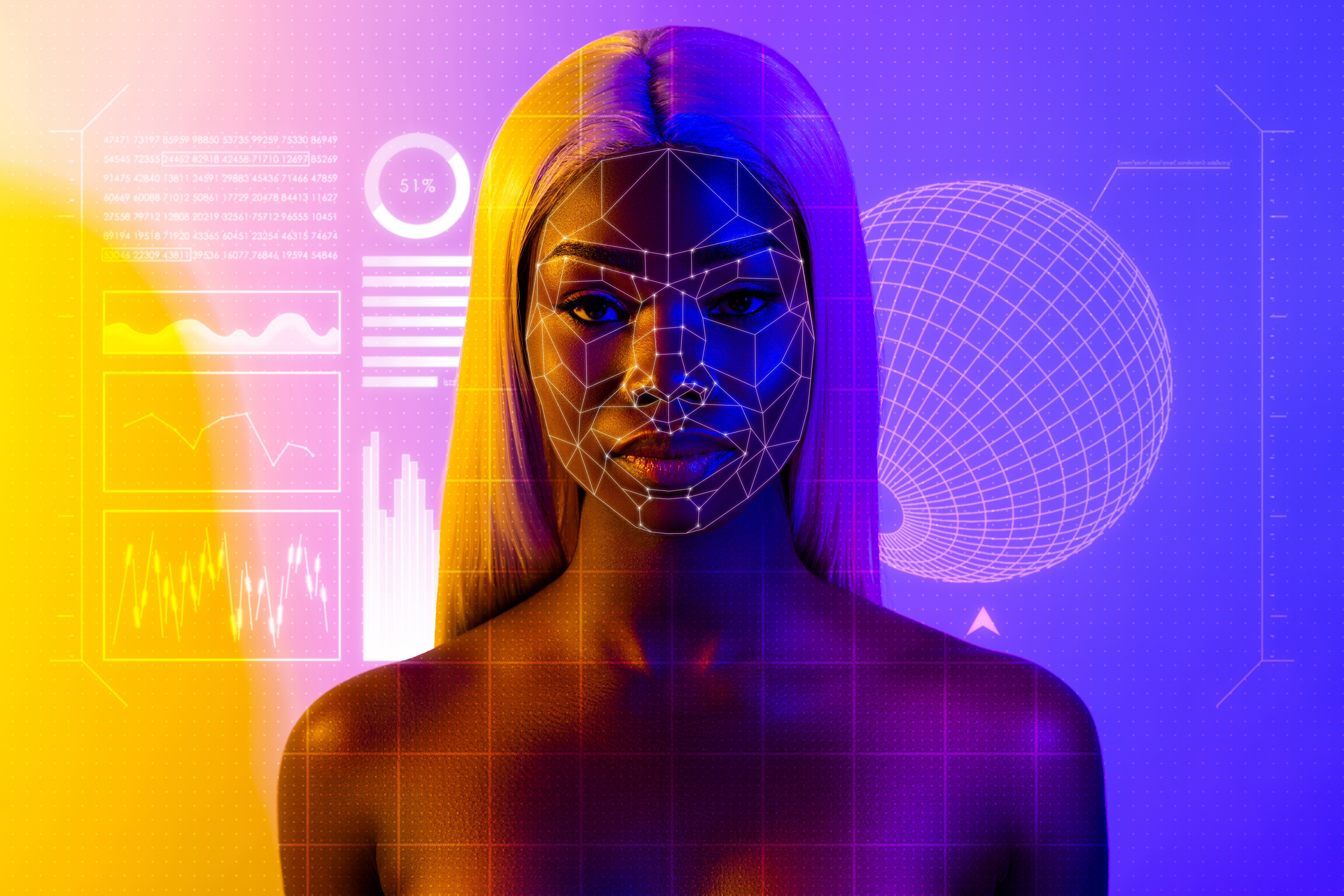
SUTHERLAND: Since the book came out, things that have caught my attention are a lot of instances where people are using artificial intelligence to reanimate the dead or to create lifelike chatbots. There have been conversations about whether an AI girlfriend is better than a real girlfriend because the real-life version is so much more “complicated.”
There have been more of these Tupac-style digital replicas. The estate of Tupac Shakur sent Drake and his business a cease-and-desist letter because Drake put out an AI-enhanced version of a song, using Tupac’s voice. It went all the way to the United States Congress, which surfaced the fact that we really don’t have legislation or policy for that yet.
In Los Angeles in the past few years, we had an entertainment industry strike, and part of the strike was about AI and whether or not actors would have to sign off on allowing an AI version of their image to be used in perpetuity. Carrie Fisher stated very explicitly that she did not want to be reanimated in any way. Prince also had something in his will saying he did not want to be reanimated. We saw this happen with Kate the, Princess of Wales. When she was sick, what appeared to be an AI video of her was released, talking about her illness—it bore all the hallmarks of AI. These videos are called deepfakes, and deepfake technology has only gotten more uncanny, which is scary for a lot of reasons. How does the average person separate what’s real from what isn’t?
Ed&IS: What are some of the racial implications you examine in the book?
SUTHERLAND: Black people in the United States have long had our bodies be both subject and object. When you are enslaved [or] imprisoned or incarcerated in the high numbers that Black people are, you don’t get to make decisions about your body. We have a history in this country of denying and depriving Black people of bodily autonomy, and to see this continue into the afterlife is particularly galling.
What I learned is there is a very callous disregard—and maybe a thoughtless disregard as well—for how these digital afterlife practices impact Black communities in particular … this sort of continuation of the slavery project, the carceral state, where you are constantly imprisoned by your Blackness. And if we allow these practices to become acceptable, then we’re all in trouble. We have to ask ourselves what kind of society we want to build, what kind of world we want to live in.
Ed&IS: What do you hope for, going forward in the context of Black memory work?
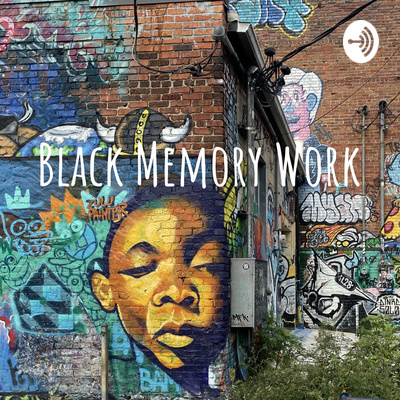
SUTHERLAND: A thing that has been true for a long time is that brick-and-mortar archives, with their boxes and shelves, aren’t very good at capturing the essence of Black life and the lived Black experience. So, I started the Black Memory Collective, which is both the UCLA and the Los Angeles Black Memory Collective, along with Gaye Theresa Johnson (UCLA associate professor of African American studies and Chicana/o studies). We got $10,000 in funding through one of the UCLA Social Impact Collaborative Exploratory Grants to do a pilot project in Los Angeles, where we talk with community partners to find out how they think their memories should be preserved and how we might be able to best support those efforts.
We have several Ph.D. students and MLIS students working with us on this project, looking to a community of folks in Los Angeles who typically are not served by institutions like UCLA. The people we are working with aren’t at the point yet where they can have a community archive, in part because the resources haven’t been there, whether those resources are financial, human, space, or technological resources. We’ve identified five community partners that we’d like to talk to and potentially work with, organizations that are already doing some kind of Black memory work. And once we’ve established a relationship, the next step is to ask our community partners to help us identify other people in the community that we might speak to. We ask, “What would you need, and what does that look like for you? What does it look like for you in the Crenshaw district or over in Baldwin Hills?”
It’s actually a good moment to show up in community and to offer our hands in service. We’re going into the community and saying, “You know, I’m sure you have a box under your bed that has photographs in it, or a photo album, or you’ve got photos on your phone or family recipes.” With the Olympics coming and the ways that the Metro is expanding, there’s a lot of movement out of these historically Black communities and when people are moving, that’s when a lot of these things—history, memories—tend to get lost.
Ed&IS: What do you want to be the main takeaway from this book?
SUTHERLAND: The closing chapter is called “Homegoing,” and in it, I propose Black memory work as a corrective to some of the problems and concerns I’ve raised in the book. By starting the Black Memory Collective, what I’ve done is taken my own suggestion and tried to enact it, to live out the thing I [think has] promise and possibility. It’s been wonderful to start this new initiative, to be working with the students.
This is about empowering people. It is about harm reduction … it’s about Black joy and celebration. It’s a little bit about Afrofuturism, in as much as it recognizes that there absolutely is a Black technological future. We have to keep our eye on the things that trouble us, but we also have to keep our feet moving in the direction of hope.
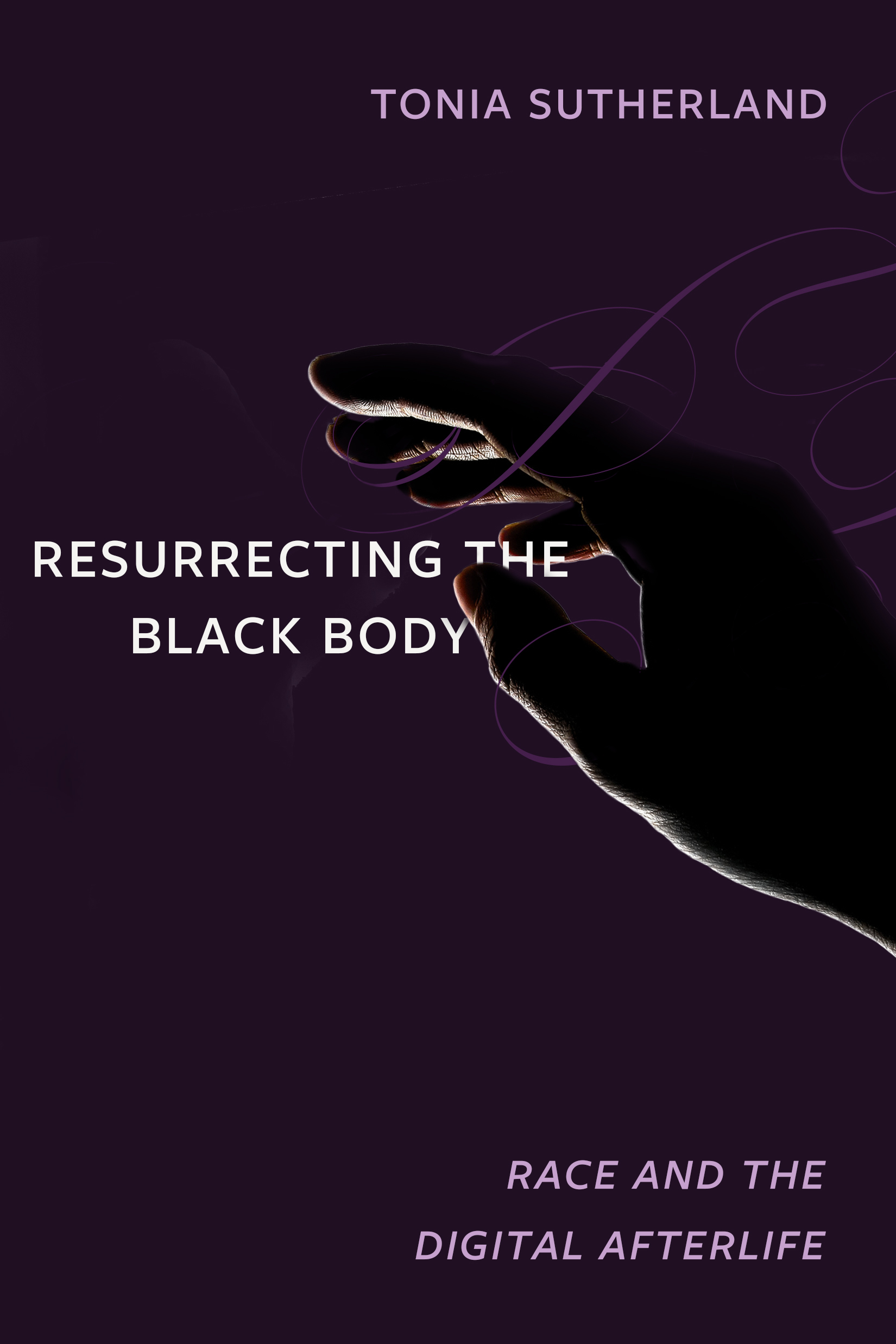
On Black Memory Work
by Tonia Sutherland
Excerpted from “Homegoing” in “Resurrecting the Black Body: Race and the Digital Afterlife”
Archives in the United States are often comprised of names, genealogies, and narratives. To encounter Blackness in the archives, by contrast, is to confront—and endeavor to make sense of—numbers, ciphers, and fragments. Historian Vincent Brown has observed one perverse advantage to what I have previously named as archival amnesty—or the intentional exclusion of robust Black histories from institutional archives in the United States: North American archives are so mute on Black life that it is hard to mistake recorded history for what actually happened. Therefore, doing justice to the past often entails an intentional revising of what has been said about it. [Here, I name another archive, revealing] what is possible when Black life is welcomed and valued rather than pathologized or marked as problematic.
Black memory work does just this, scavenging some of the most corrupt archival materials to “imagine the past” and “remember the future,” as scholar Carlos Fuentes calls us to do. As Black feminist scholar Saidiya Hartman has observed, the afterlife of slavery has produced a certain set of epistemic and conceptual challenges, one of which is how to contend with temporality and how to narrate historical time when for Black Americans “the past, the present, and the future are not discrete and cut off from one another, but rather there is a sense of temporal entanglement and Black lives are lived in the simultaneity of that entanglement.” Black memory work therefore is necessarily what Christina Sharpe has called “wake work”; it demands a turning away from political, juridical, philosophical, historical, or other disciplinary solutions to the “ongoing abjection” of Blackness, looking instead toward current archival practice, asking what, if anything, might survive this “insistent Black exclusion.” In instances where celebrations of Black life (rather than merely representations of Black death) do appear in American archival institutions, these stories are often buried in administrative papers. In contrast, Black memory work creates a reparative framework that centers Black voices and lived experiences; it centers Black archival knowledge and practice as a means of expanding current understandings of the archives and their relationships to Black life.
A Black memory worker is, by definition, embedded in Black culture. Preserving community memory for Black memory workers therefore is not just a vocation—rather, it is an invocation, a conjuring, a calling forth. Black memory work has—and always must—extend beyond acts of archival preservation, however, if for no other reason than because there has not been much to preserve beyond records of violence. To do Black memory work is to center Black epistemologies that contend with the anti-Blackness of traditional archives, where the tools and documentation of dispossession, criminalization, oppression, and negation have been appropriated, collected, disrupted, and disordered in order to discern and attend to the obscurity and beauty that is Black life—existing within and without archival documents.
It is not just traditional archivy with which Black memory work is concerned, however. Black memory work has a history of revolutionizing the archival impulse to reflect a more radical aesthetic, speaking directly into the wounds of what has been withheld …
Black memory workers recognize a need to document the lived experiences of Black people—even if only to serve as evidence that Black people exist at the center of Black life, in contraposition to the marginalization Black communities experience as a result of white supremacy—there is also reluctance on the part of Black memory workers to make this documentation widely available to those outside the Black community. One reason for this is that some knowledge is sacred … Black lives, experiences, and cultural practices have been continuously deemed the property of whiteness, wherein whiteness and white supremacy determine the conditions of legitimacy, value, and access.
Black memory work inhabits multiple modalities and epistemologies. Among them are practices that are animated by creativity, intentionality, accountability, sovereignty (as a matter of self-determination), temporality, spirituality, care, and sacredness. Black memory work is understood to be a collective rather than an individual process, even when it is seemingly enacted by a single person; as such, Black memory work is undergirded by a deep and profound connection both to collective struggle and to Black liberation as a collective goal.
In her 2022 piece for Hyperallergic, La Tanya S. Autry poses a set of questions meant to act as abuse interventions that Black memory workers ask when approaching a project. Among these questions are: Who is centered in the work? Who is most harmed by the violence? Does the circulation of the image/object/experience harm those most harmed? How does the work disrupt domination? What forms of care may address needs of victims, loved ones of victims, and community members who are prime targets of this violence? Does this work disrupt anti-Blackness or perpetuate it? Are you the right person/group/community to be doing or sharing this work? To what communities are you accountable/responsible? By taking the time to sit with and answer these questions, honoring Black people’s right to be remembered can be approached in ways that embrace care and are respectful of our dead …
Archives as representational structures continue to reproduce the idea that death—in the Western construction—is the only horizon for Black life. But as Black homegoing traditions suggest, death marks a shift rather than an ending. This formation of the life-death relationship is second nature to Black cultures, and accordingly the right to be remembered in institutional archives becomes deeply entangled with the desire to be forgotten. While on one hand, Black communities in the United States have a long history of memory and remembrance practices, these practices stand in contravention to the basic tenets of American archivy. Institutional archives in the United States are tasked with keeping intact historical accounts that blot out or minimize the severity of Black terror and violence, perpetuating the idea that Black people are not human beings with agency but colonized creatures indentured to the enslaver.
Reality continues to conform itself around this idea. In this way … Black memory work is a corrective: it is the work of healing, reckoning, helping, and restoring rituals that bind us to build again, to honor Black lives, Black legacies, and Black heritage.
Reprinted from “Resurrecting the Black Body: Race and the Digital Afterlife” by Tonia Sutherland, courtesy of University of California Press. Copyright 2023.
Other articles in this issue
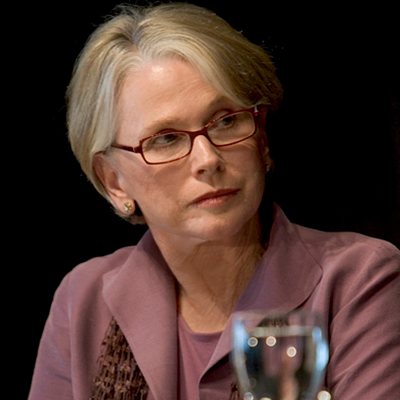
Jeannie Oakes: A Scholar Who Changed The World
Read more
A “Jeannieology”: Jeannie Oakes’ Legacy Lives On in the Friends She Gathered
Read more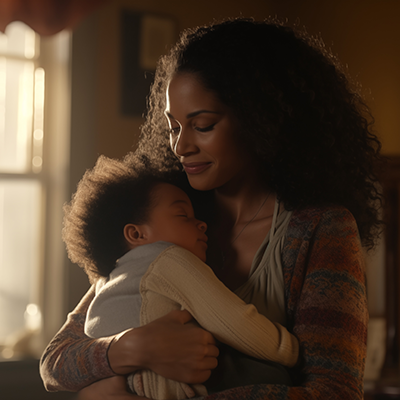
UCLA Pritzker Center for Strengthening Children and Families: Research, Practice, and Policy at Work
Read more
A New Vision for Embracing Queer Students’ Diverse Identities at HBCUs
Q&A with Lori Patton Davis and Book Excerpt
Read more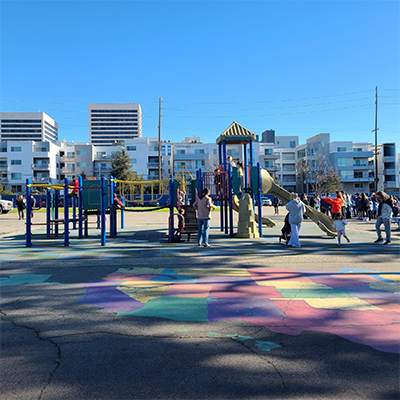
Sarah Bang on the Palisades Fire: Supporting L.A. Schools in Cris
Read more